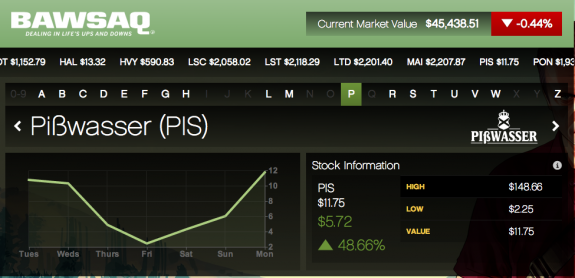15 Investment Secrets to Help Make You Rich
Post on: 29 Сентябрь, 2015 No Comment

The Legacy of One of the Greatest Investors of All Time
You can opt-out at any time.
Philip Fisher (1907-2004) was one of the greatest investment minds in history. Working from a modest office on the West Coast in the aftermath of the Great Depression, he developed a buy-and-hold value and growth model for investments that has been considered on par with Benjamin Graham’s The Intelligent Investor by no less a giant as Warren Buffett. In addition to teaching at the Stanford School of Business, he authored several books including the watershed Common Stocks and Uncommon Profits. It was this text that introduced the now-famous “scuttlebutt” approach that encouraged investors to develop a deep understanding of his or her investments by thoroughly analyzing the financial statements. interviewing managers, competitors, employees, vendors, and customers.
Philip Fisher was extremely successful at selecting a core portfolio of seven or eight stocks with above average potential at attractive prices. According to Andrew Kilpatrick in Of Permanent Value, “Fisher always said to think of the long-term and have low turnover in your portfolio. Fisher bought Motorola in 1955, back when mobile telecom signified radio systems for police cars. In the Investment course McDonald [the long-time resident value investor at Stanford] took in 1956, Fisher talked about Motorola as a ‘great growth company’ when Motorola’s market capitalization was $300 million. As a long-term investor, Fisher still owned Motorola 43 years later when he died in 2004.”
Going on, he said, “Fisher told McDonald’s class in 2000, ‘I believe strongly in diversification ,’ and by that he meant seven or eight stocks – a concentrated portfolio in today’s parlance. Importantly, Fisher himself did the lion’s share of the investment research on companies owned by the clients of Fisher & Company, so that he had a high level of knowledge and conviction on each of the seven or eight companies … ‘I do not believe in over-diversifying … My basic theory is to know a few companies and know them really well – and be sure your diversification is real diversification. Having Ford and General Motors is not diversification. Diversification means owning companies that do not sell into the same markets – companies with real differences.”
The Investment Secrets in Common Stocks and Uncommon Profits

In his book, Fisher laid out fifteen things that a successful investor should look for in his or her common stock investments. Here’s a rundown of what they are. (Do yourself a favor. Run out to your local store or navigate to your favorite online book retailer and pick up a copy of Common Stocks and Uncommon Profits – this basic summary of the book can’t possibly do justice to all of the excellent information in its pages.)
- Does the company have products or services with sufficient market potential to make possible a sizeable increase in sales for at least several years?
- Does the management have a determination to continue to develop products or processes that will still further increase total sales potential when the growth potential of currently attractive product lines have largely been exploited?
- How effective are the company’s research and development efforts in relation to its size?
- Does the company have an above-average sales organization?
- Does the company have a worthwhile profit margin ?
- What is the company doing to maintain or improve profit margins ?
- Does the company have outstanding labor and personnel relations?
- Does the company have outstanding executive relations?
- Does the company have depth to its management?
- How good are the company’s cost analysis and accounting controls?
- Are there other aspects of the business somewhat peculiar to the industry involved that will give the investor important clues as to how the company will be in relation to its competition?
- Does the company have a short-range or long-range outlook in regard to profits?
- In the foreseeable future, will the growth of the company require sufficient financing so that the large number of shares then outstanding will largely cancel existing shareholders’ benefit from this anticipated growth?
- Does the management talk freely to investors about its affairs when things are going well and “clam up” when troubles or disappointments occur?
- Does the company have a management of unquestioned integrity?
Fisher also had five “don’t” rules for investors, which were:














